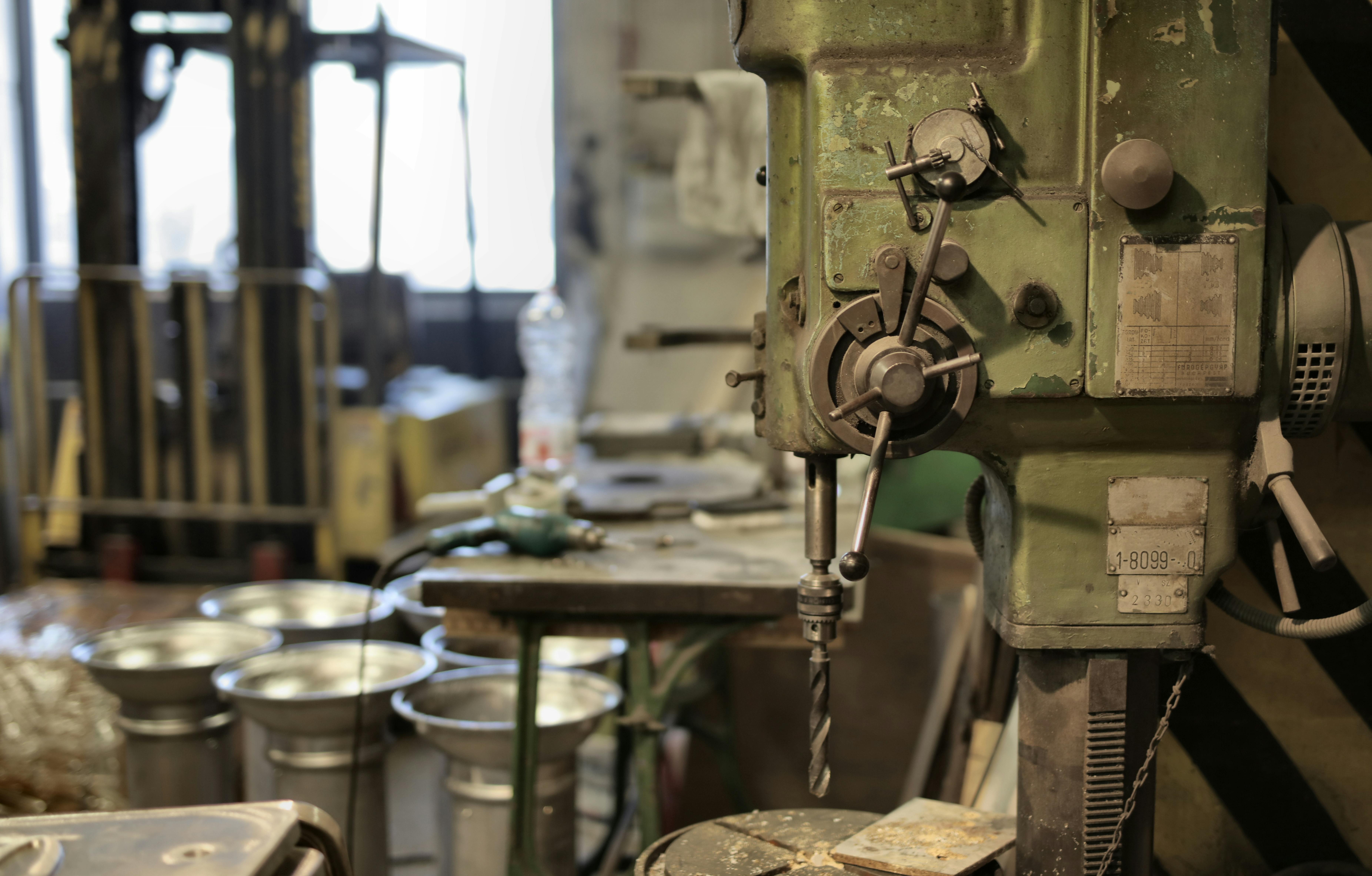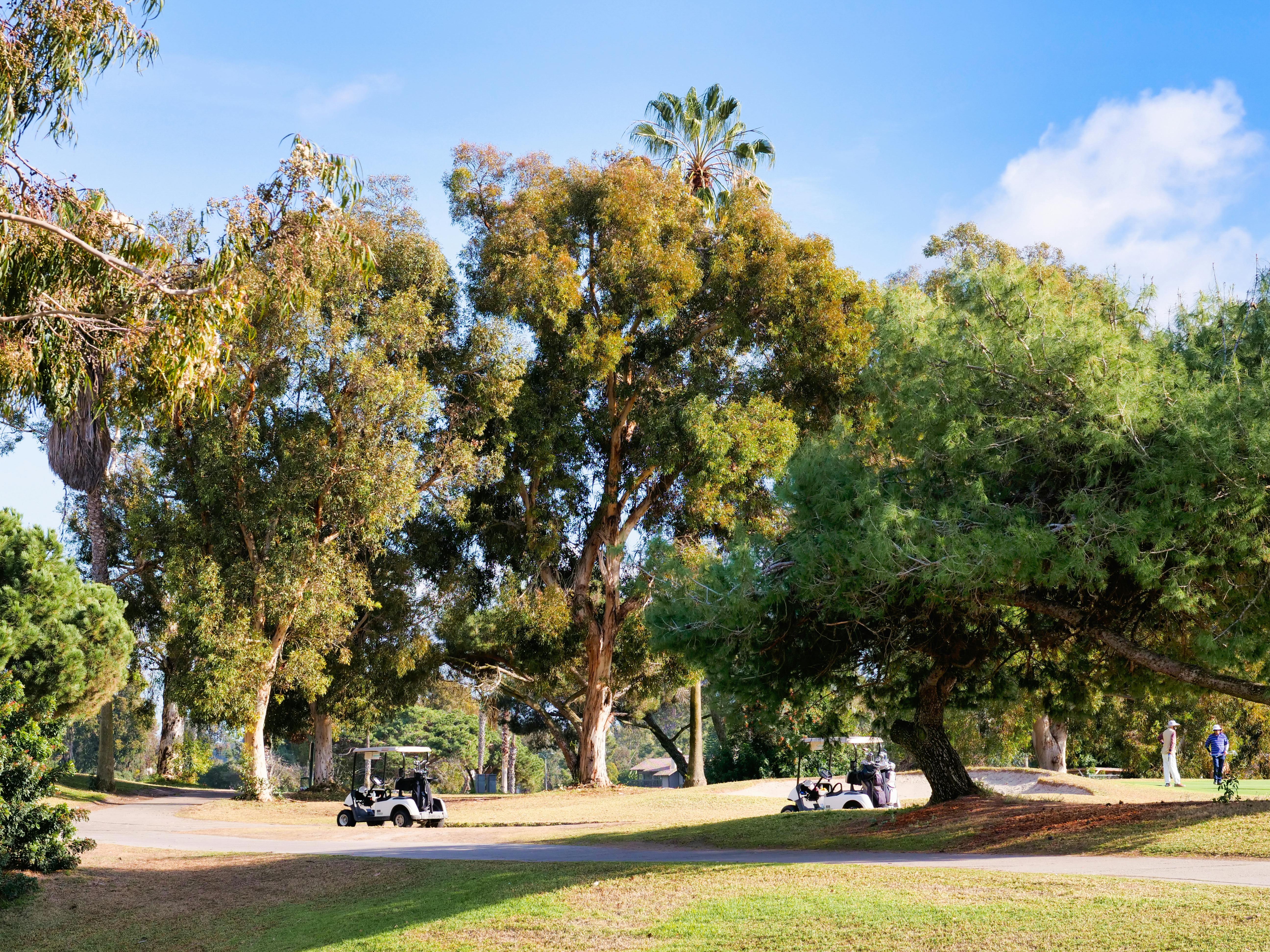
Smoke generators: creation of Olympic fog and other uses
admin
- 0
The opening ceremony of the London Olympic Games that took place on Friday, July 27, was a real marvel. It had jaw-dropping visuals and featured incredible performances lavishly sprinkled with the unique brand of British humour. The event shone under world-class direction and thundered along with an incredible exhibition soundtrack featuring the cream of the crop of great British music past and present.
The evening culminated with the grand lighting of the Olympic cauldron. The identity of the torchbearers was the best kept secret of the entire show and what better way to affirm the legacy of the Games than to have the supreme master of rowing, Sir Steve Redgrave, pass out the staves of fire to our future champions. Personally, I felt a wave of nostalgic pride rise in my chest at the sight of Daley Thompson. My thoughts went back to a certain Lucozade TV ad from the ’80s, Iron Maiden’s Phantom of the Opera song playing in the background: a forgotten gem and a band notable for its absence from the main ceremony.
But who can forget the Industrial Revolution section? Kenneth Branagh’s charismatic Brunel, the great rising chimneys, the forging of the rings, a veritable hive of activity, the world stood still.
And what fantastic smoke and smog effects. Ever wonder how they produce effects like that at a live event?
Water-based foggers, believe it or not. These artificial smoke systems are extremely powerful and reliable and are designed to an unrivaled level. They have to be, emitting huge amounts of thick, non-toxic smoke that doesn’t disappear instantly with the first breath of air.
How it works: A solution of water and glycerin is propelled through a metal block that has been heated to a temperature where the liquid vaporizes. When the steam leaves the block and hits the air, it condenses into mist or smoke. The fog is very dense and persistent.
In addition to providing effects to the entertainment industry, smoke generators can also be used for the following:
- to simulate conditions for realistic yet safe fire training, including practice for major disasters such as tunnel fires.
- for leak testing, for example, on joints and pipes. By the way, fog is used on submarines both for leak testing and fire training.
- to help with air visualization and aerodynamics applications.
In addition, this same precision engineering has been transferred to the security sector. An instant burst of thick fog has proven to be very beneficial in fighting crime. Security smoke systems are designed primarily for internal use, rapidly filling rooms and shop areas to repel and deter intruders. In formation they are powerful enough to fill entire warehouses. Using the same mix of water-based fluids means that even the most delicate products such as electronics, fabrics and artwork can be protected, perhaps even a gold medal collection.

